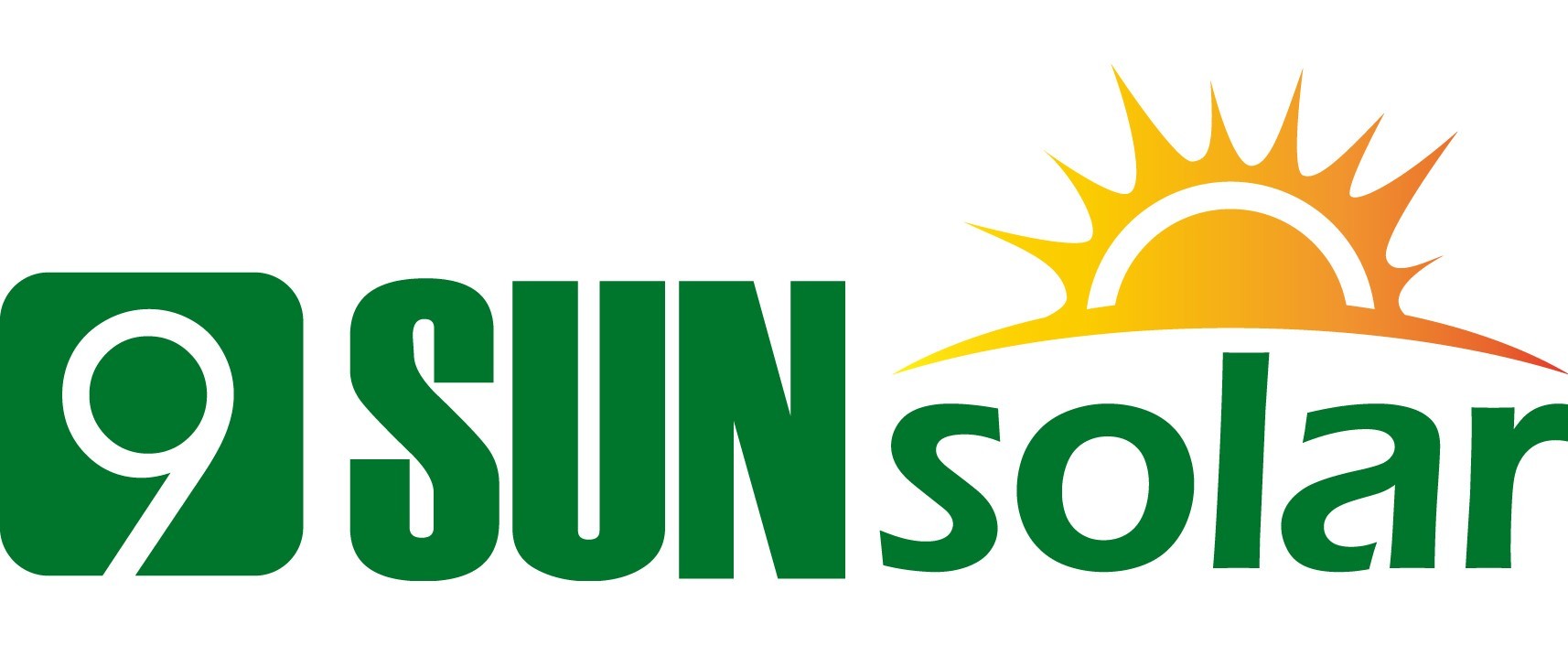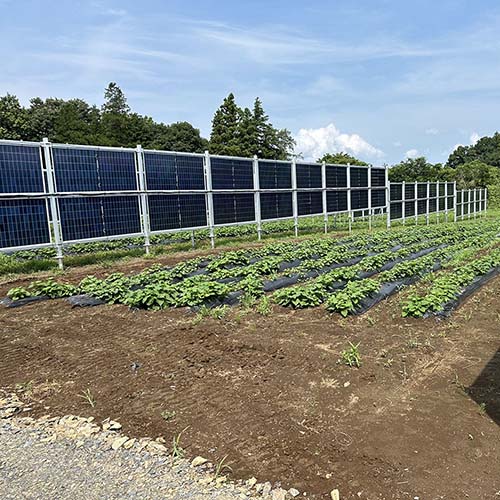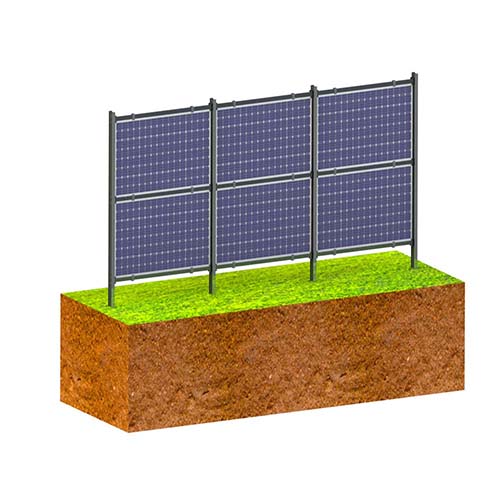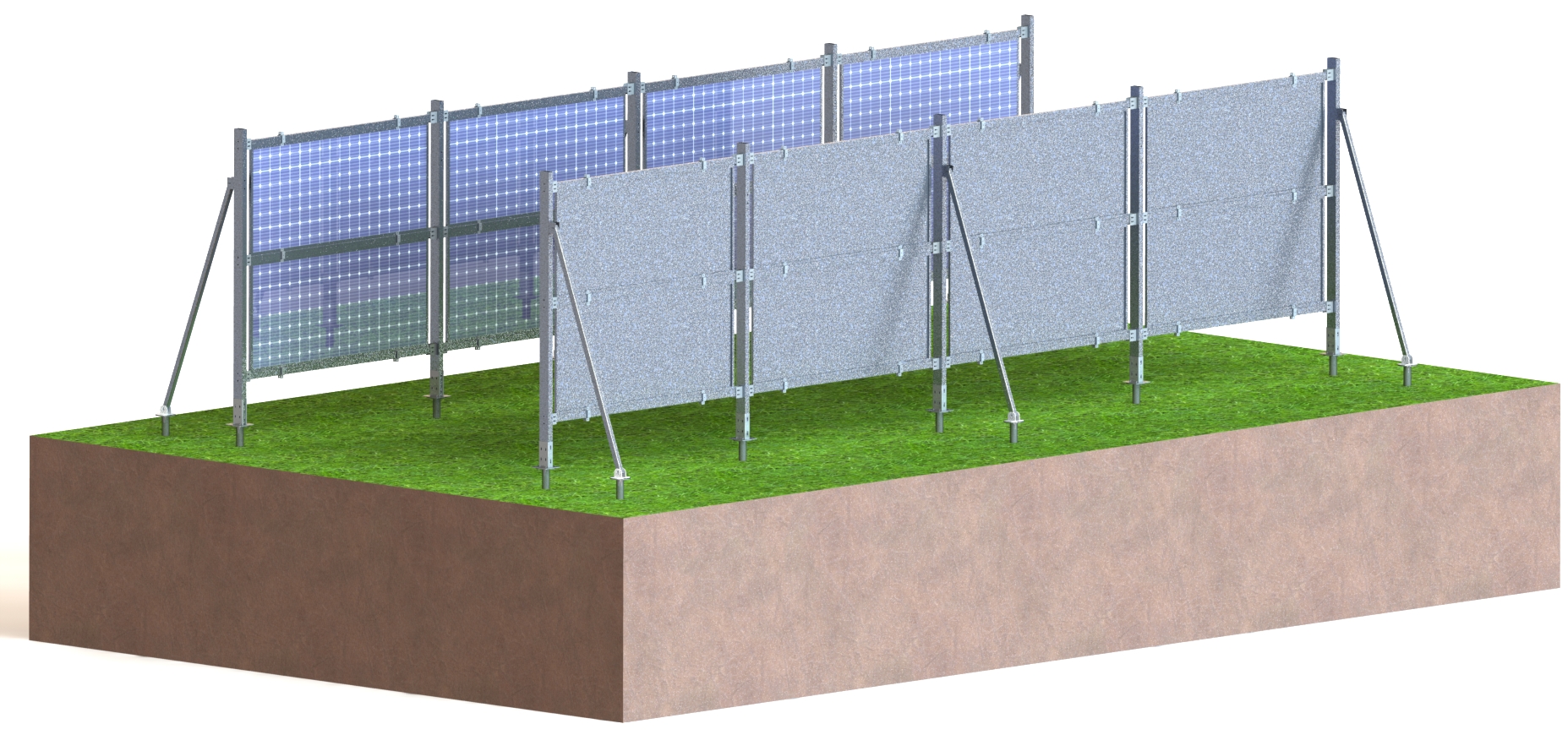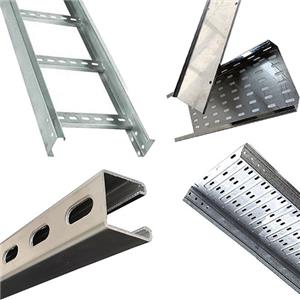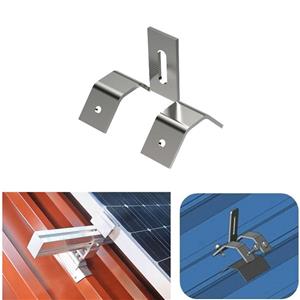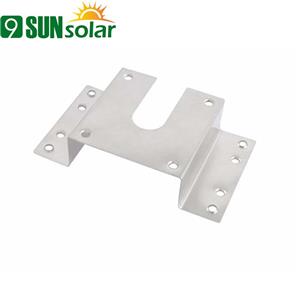The Advantages and Disadvantages of Solar Fence Panels
The Advantages and Disadvantages of Solar Fence Panels
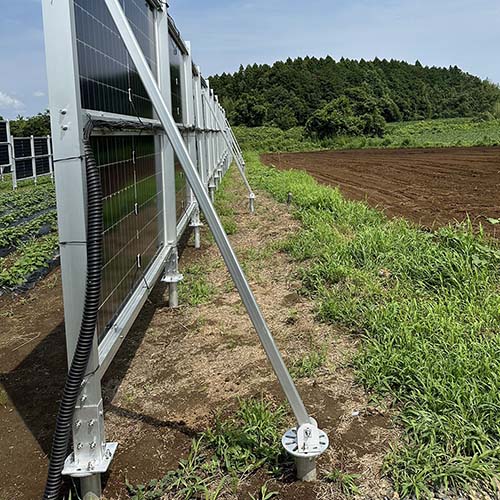
Solar energy has quickly become a key player in the push for sustainable and eco-friendly energy solutions. With energy prices on the rise, more homeowners and businesses are turning to solar power as a way to generate their own electricity. In the UK, the concept of integrating solar panels into fence structures has gained increasing popularity. In this article, we'll explore the advantages and disadvantages of solar fence panels, providing a balanced view of their impact and practicality.
Advantages of Solar Fence Panels:
1. Efficient Use of Space:
Solar fence panels are a clever way to maximize available space by combining two functions into one. Not only do they act as a boundary for the property, but they also harness solar energy. This makes them ideal for properties where roof space or additional land is limited, reducing the need for separate solar installations.
2. Long-Term Financial Savings:
While the initial investment in solar fence panels can be significant, the long-term savings on energy bills make them a worthwhile option. Over time, the cost of the panels is offset by lower electricity expenses, especially if you choose high-quality panels with a long warranty, which ensures a solid return on investment.
3. Versatility in Design:
Solar fence panels are highly versatile. In addition to serving as security barriers, they can double as attractive garden fences, providing privacy and enhancing the overall aesthetics of your outdoor space. This dual functionality can improve both the look and the value of your property.
4. Accessibility for All Properties:
For people who can't install rooftop solar panels—whether due to roof space limitations, lease restrictions, or structural issues—solar fence panels offer a viable alternative. Their ground-level installation makes them an accessible option for a wider range of homes and businesses.
5. Low Maintenance:
Compared to rooftop solar systems, solar fence panels are easier to maintain. Their positioning at ground level allows for simpler cleaning and upkeep, which means that they are less likely to experience performance issues due to dirt, debris, or other environmental factors.
6. Winter Performance:
Solar fence panels are positioned vertically, which can actually work to their advantage during the winter months. With the sun at a lower angle, this alignment helps optimize sunlight exposure, making them more efficient in colder or cloudier weather compared to traditional roof-mounted panels.
7. Potential to Increase Property Value:
Adding solar panels to your property can increase its market value. This can be an attractive benefit for homeowners looking to make long-term investments, as studies have shown that properties with solar energy systems tend to have higher resale values.
Disadvantages of Solar Fence Panels:
1. Higher Initial Costs:
One of the main drawbacks of solar fence panels is the upfront cost. The purchase, installation, and maintenance of these panels can be more expensive than traditional fencing options. This initial financial outlay may deter some potential users, despite the long-term savings they offer.
2. Shadow Interference:
Unlike roof-mounted solar panels, solar fence panels are more prone to shadow interference. Trees, nearby buildings, or other obstacles can cast shadows on the panels, reducing their efficiency and limiting their ability to generate electricity. Careful placement is essential to minimize this issue.
3. Increased Risk of Vandalism or Damage:
Solar fence panels are generally more accessible than roof-mounted systems, making them a potential target for vandalism or accidental damage. Homes with young children or pets may face a higher risk of damage from outdoor activities, which could impact the longevity of the panels.
4. Installation Complexity:
To ensure optimal performance, solar fence panels need to be installed by a certified professional, especially when connecting the system to an inverter or existing power setup. This adds complexity and cost to the installation process, as well as the need for ongoing professional support.
Conclusion:
Solar fence panels present a unique and innovative way to generate renewable energy while enhancing property functionality. Their ability to maximize space, offer long-term savings, and provide versatile design options makes them an appealing choice for many. However, they come with challenges, including higher upfront costs, vulnerability to shadow interference, and the risk of vandalism or damage. Despite these drawbacks, the growing demand for sustainable energy solutions means that solar fence panels are likely to become more popular as technology advances and installation costs decrease. As more people turn to renewable energy, solar fence panels represent an exciting step toward a greener future.
